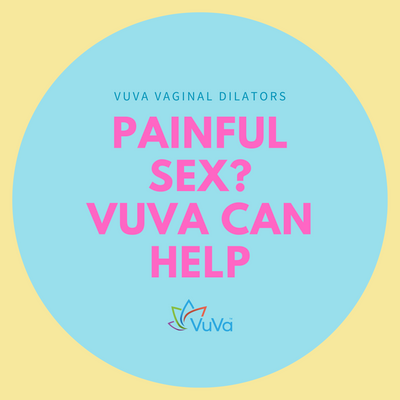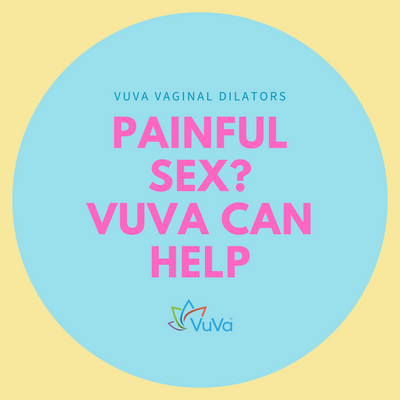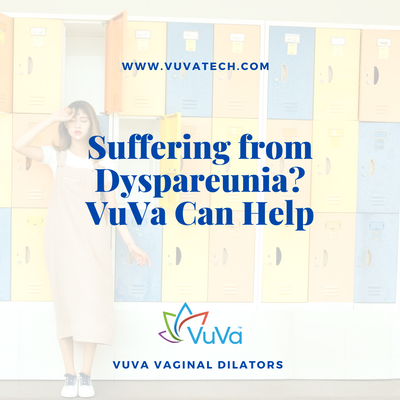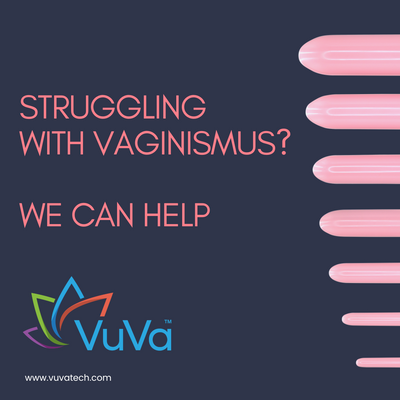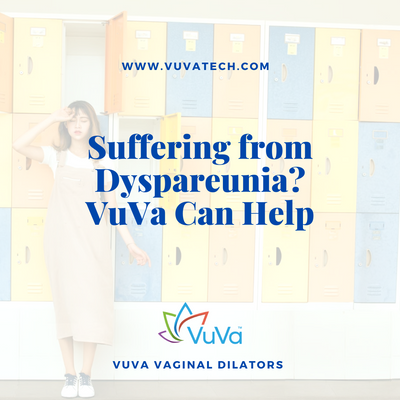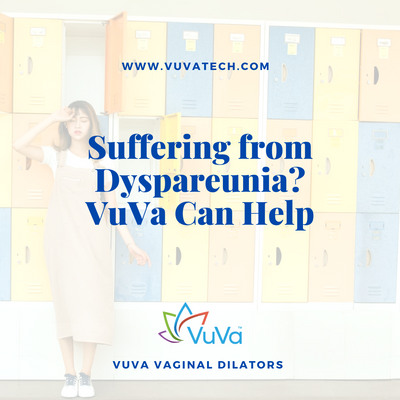
| Tara Langdale
How Do You Get Vulvodynia?
Are you struggling with vulvodynia? You’re not alone. This painful condition affects 16% of all women in the United States. (1) This is about 26.5 million women who experience burning, stinging vulvar pain each day. According to the National Vulvodynia Association, 60% of women with vulvodynia consult with at least three doctors before being diagnosed. (2)
While finally having an answer does bring relief, you may be wondering, “how do you get vulvodynia?" In this article, we'll explore the causes of vulvodynia and how to find the right treatment to relieve chronic pelvic pain.
What is vulvodynia?
The word vulvodynia includes two parts: vulvo + dynia. "Vulvo" refers to the vulva that stretches from the outer area of the female genitals. The vulva encompasses the external female genitalia, including:
- Opening of the vagina (vestibule)
- Outer lips (labia majora)
- Inner lips (labia minora)
-
Clitoris.
"Dynia" means pain. When combined, vulvodynia means unexplained chronic vulval pain.
Causes of vulvodynia
The American College of Obstetricians states that vulvodynia is a complex pain condition that's hard to diagnose. (3) It may be caused by one or more factors working together. (4) Some of these factors include the following:
- Painful tissue in the vulva due to inflammation
- Pelvic floor muscles have become dysfunctional or weak
- Allergies from certain foods or personal care products
- Nerve damage or irritation of the vulva
- Sexually transmitted infections
- Possibly a genetic disorder
- Long term reaction to vaginal infections
- Pain conditions that affect nearby bones or muscles
Even though there could be various conditions working together to cause vulvodynia, chronic pain may have no identifiable cause. However, the most common reasons are inflamed vulva tissue and weak pelvic muscles.
Inflamed vulva tissue
Inflammation is the tightening and swelling of the skin. When the inflamed skin is in your private area, the pain is even harder to handle. Anything that touches the painful area can feel as if a hot poker is jabbing your vaginal tissue repeatedly.
The Academy of Family Physicians stresses the inflammation may have no cause or connected to other conditions, such as bacterial vaginosis or yeast infection. Another possible reason is lichen sclerosus, which is thin, patchy-white skin in the genital and anal areas. (5) Post-menopausal women are the highest risk for this condition.
Lichen planus can also cause inflammation. It's purplish bumps that usually appear over weeks on different parts of the skin, including the wrists, mouth, and vagina. The raised skin is swollen and itchy.
Weak pelvic floor muscles
The pelvic floor muscles are like a cradle that supports your vagina, bladder, and other organs. Weak muscles happen for various reasons, such as undergoing radiation therapy as a cancer treatment, childbirth, nerve damage, or trauma.
Being unable to control your vaginal muscles is considered pelvic floor dysfunction. It causes you to tighten your muscles rather than relaxing them. The constant tightening leads to swollen vaginal tissue in the vulva and vaginal cavity.
The inability to control pelvic muscles leads to muscle spasms, problems with controlling urination, bowel movements, and enjoying sexual intercourse. Treating pelvic floor dysfunction can be done with physical therapy using vaginal dilators.
Vulvodynia flare-up
Vulvodynia can be intermittent or ongoing. For some, the pain disappears and then flare-ups. A vulvodynia flare-up happens for different reasons, including:
- Sexual intercourse
- Exercise (everything from cycling to light physical activity)
- Sitting for long periods
- Wearing clothing that’s tight and constrictive
- Personal care products that irritate the vagina
- Pressure on the bowels or bladder
Or, in some cases, there's no discernible reason for the vulvodynia flare-up. For weeks, you've gone with no issues, and suddenly you find yourself in pain. When this occurs, it may be caused by generalized or localized vulvodynia.
Generalized vulvodynia
Generalized vulvodynia refers to searing, burning, or throbbing pain that may be continuous or irregular throughout the vulvar area, resulting in a flare-up. It may affect the vestibule, labia majora, labia minora, or clitoris all at once. Women also may experience pain in the area between the clitoris and anus, referred to as the perineum (right under the pelvic floor).
Localized vulvodynia
Localized vulvodynia is the opposite of general in that the pain is in one specific area of the vulva. This type has two categories:
-
Unprovoked vulvodynia: the pelvic pain happens for no apparent cause but impairs leading a healthy life.
- Provoked vulvodynia: occurs from applied pressure to the vulval when inserting a tampon, during sexual intercourse, prolonged sitting, or leisure activity, such as horseback riding.
Treatments for vulvodynia
Obstetricians and gynecologists generally prescribe the following treatments to relieve the pain of vulvodynia.
Physical therapy with dilators
The treatment of vulvodynia is most effective with physical therapy using vaginal dilators. They are tube-shaped devices that naturally stretch the vulva and vaginal tissues. VuVa Magnetic Dilators come in smooth plastic and a variation of sizes to regenerate vaginal tissue and help women lead pain-free lives.
Treating vulvodynia with vaginal trainers has never been easier. Women undergo treatment in the privacy of their own home, at a pace right for them. In a clinical trial using VuVa Magnetic Dilators, 80% of all participants reported no side effects and a significant reduction in overall pelvic pain. (6)
Biofeedback therapy
Biofeedback therapy is a kind of non-invasive treatment that retrains bodily processes that are typically involuntary, such as heart rate, muscle spasms and tension, and vulval pain. In a way, it complements cognitive-behavioral therapy (CBT). CBT helps you change thoughts and feelings, and biofeedback therapy enables you to alter physiological responses.
During a biofeedback session, the therapist attaches electrodes to the woman's skin to monitor certain stimuli. After identifying and analyzing the responses, the doctor identifies mental activities and relaxation techniques, which you can do to control physical reactions, such as vulva pain.
For most, how do you get vulvodynia, there is no exact answer. The pain may have an identifiable cause or unknown. The pain may flare-up or be ongoing. However, vulvodynia treatment is possible without side effects. Vaginal dilators will not make the pain worse. In fact, vaginal dilators along with physical therapy to alleviate the stinging, burning, and searing vulvodynia pain.
- https://www.ncbi.nlm.nih.gov/pmc/articles/PMC4014358/
- https://www.nva.org/media-center/
- https://www.acog.org/clinical/clinical-guidance/committee-opinion/articles/2016/09/persistent-vulvar-pain
- https://www.acog.org/en/Patient%20Resources/FAQs/Gynecologic%20Problems/Vulvodynia
- https://www.mayoclinic.org/diseases-conditions/lichen-sclerosus/symptoms-causes/syc-20374448
- https://www.vuvatech.com/pages/clinical-trials
VuVa Helpful Links:
7 Reasons for a Tight Vagina and How to Loosen
How to Relax Vaginal Muscles, Vaginismus & Sex
Vaginal Stretching - Keeping in Shape with Dilators
Do Dilators Really Work? Yes, and They can Improve Your Sex Life!




